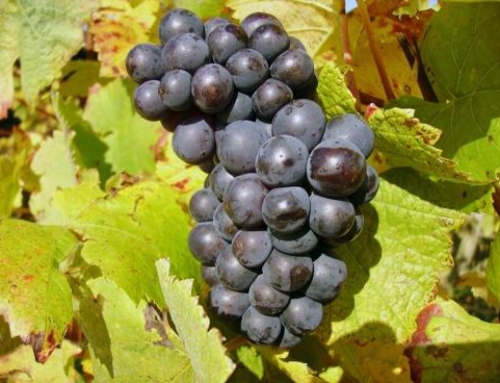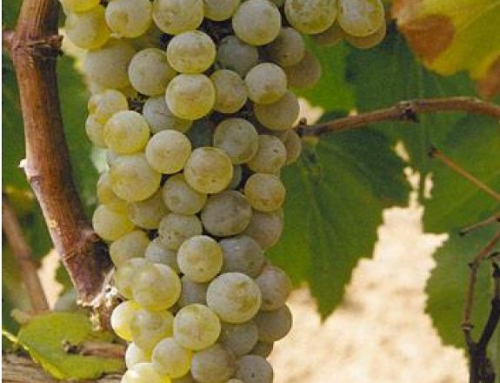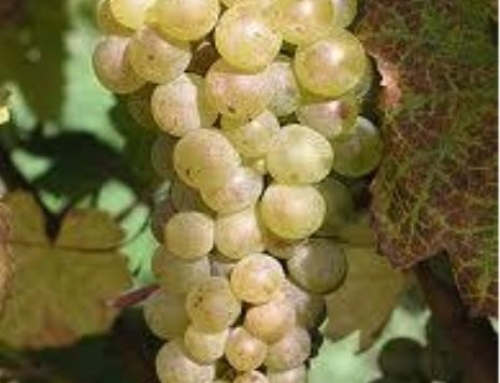With the great variety of both cuisine styles and wines available today, the old rule of “red wine with meat and white wine with fish” doesn’t cut it any more. Is the “fish” sushi or a spicy Mediterranean-style fish stew? Is the meat grilled T-bone steaks or Vietnamese beef pho?
Lots of things should be considered when selecting a wine to match with your food or vice versa. The general rule when pairing the two is to seek flavors that are balanced or that offer a pleasing contrast.
If you’re going the balance route, you should select a wine with a similar weight and similar prominent flavor notes as the food. Neither should overwhelm the other, in fact the goal in drinking wine with food is for the one to make the other taste better.
The classic pairing of Cabernet Sauvignon with beef is so good because it takes a food like beef to stand up to a heavy-weight bold wines like Cabernet. Try drinking a light and fruity Pinot Grigio with a prime rib and you’ll understand the problem.
The wine should not only be in balance with the food, but should complement it. Think of what a spritz of fresh lemon juice does for sauteed whitefish and apply that notion to wine. This is where that acidic, citrusy Pinot Grigio would do the trick.
Think about the following things before you choose your wine for a meal:
Acidity: an acidic wine will “cuts” through fat, making a dish seem less rich. Acidic wines can also heighten the flavor of a dish, similar to a lemon. If your dish is lemony, vinegary or has any other citrus fruit flavors – the accompanying wine must have equal acidity or it will taste flat. This generally means white wines, although there are a few acidic reds to choose from. You might also choose a red with low tannins, such as Pinot Noir or Beaujolais.
Sweetness: a general rule of thumb is the wine must be at least as sweet as the food. If not, the wine will taste tart and thin. Sweeter wines work with a wide variety of cheeses.
Tannin: there’s really only one true partner for a chewy, tannic wine like Cabernet Sauvignon – meat. It smoothes out the tannins perfectly. Dairy, like cheese, leaves a layer of fat on the palate that interferes with the flavor in reds, rendering them monotonous and bland.
Spice: many wines can interact poorly with spicy foods which can make the wine taste “hot” or overly alcoholic. Rose, Riesling and sparkling wines all generally have enough fruitiness and low tannin to pair beautifully with spicy food (or any food, really).





Leave A Comment